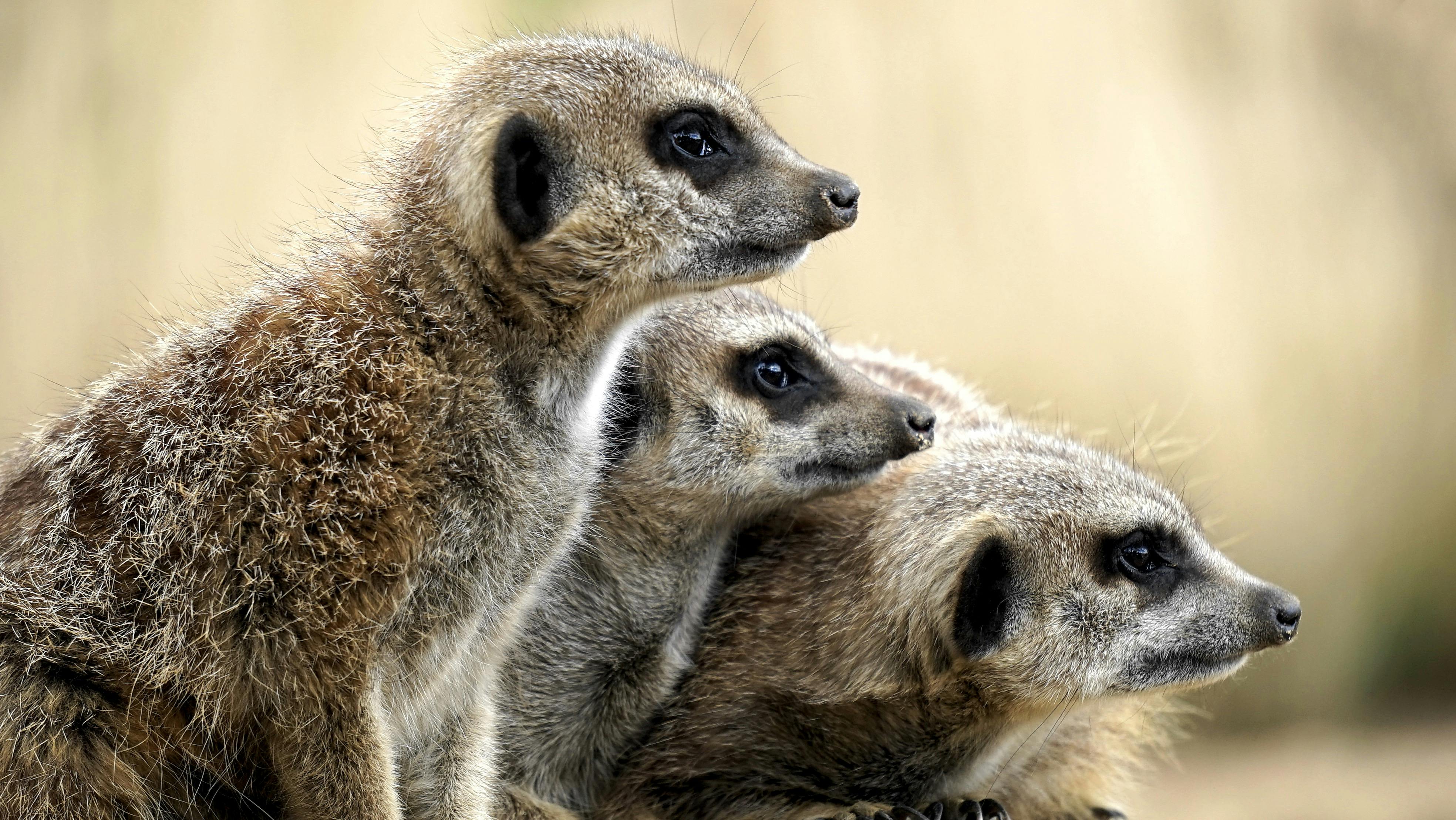Unmasking the Intricate Social Structure of Meerkat Colonies
In the vast stretches of the African desert, the bustling world of meerkat colonies presents a fascinating study of intricate social structures within the animal kingdom. These small, but fiercely coordinated mammals, have evolved a complex system of roles and responsibilities that has captivated researchers and animal enthusiasts alike.

Background: The Birth of a Meerkat Clan
Meerkats, belonging to the mongoose family, are no strangers to harsh environments. Originating in the Kalahari Desert in southern Africa, they have developed unique survival strategies, the most remarkable of which is their complex social structure. A meerkat group, known as a clan or mob, can include up to 50 members, each with a specific role contributing to the survival of the commune.
Current Events: Recent Studies on Meerkat Behavior
Recent research conducted by top biologists has discovered that meerkat society is matriarchal, with the dominant female leading the clan. She alone has breeding rights, and any other females found breeding can be banished. Male meerkats, on the other hand, leave the clan at maturity to join another group, ensuring genetic diversity.
The Market Impact: Meerkats in Popular Culture
The unique social dynamics of the meerkat have captured public fascination, boosting their popularity in pet trades and zoos despite their unsuitability as domestic pets. The estimated price range for a meerkat in the illegal pet trade can reach up to $1,000. However, their popularity has had a positive impact by promoting awareness about their conservation needs, and encouraging more research into their behavior and social structure.
Unraveling the Roles: The Hierarchy within a Meerkat Clan
In a meerkat clan, each member assumes a specific role. The sentinels are the guards, vigilantly watching for threats while the others forage. The babysitters care for the pups while the dominant female and other adults hunt. These roles are not fixed and can switch depending on the needs of the clan. This flexibility and cooperation have been key to the survival of meerkats in the harsh desert.
Lessons from the Meerkat Clan
The meerkat’s complex social structure and cooperative behavior are a testament to their adaptability and resilience. They offer valuable insights into how a species can thrive in extreme environments through cooperation and division of labor. Beyond their cute, marketable image, meerkats are a powerful symbol of unity and survival, reminding us of the importance of community in the face of adversity.




